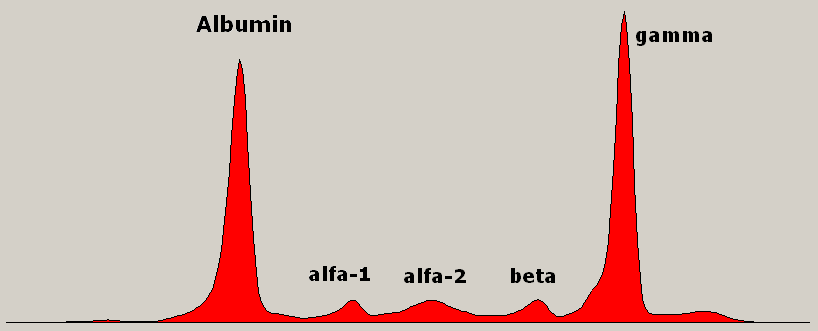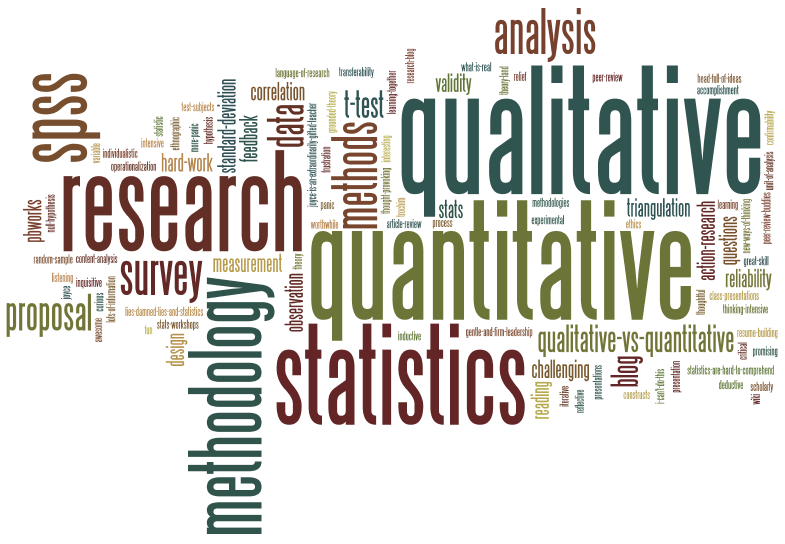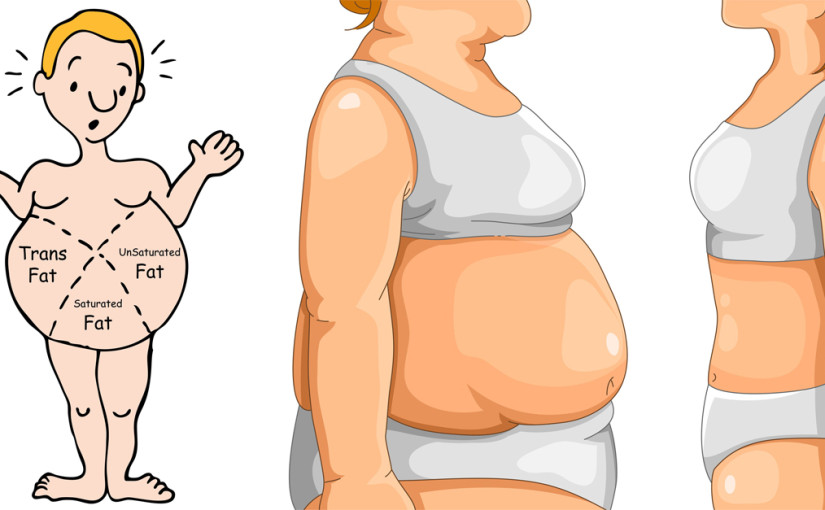Fundamentals of HPLC courses by GSC
Please click on below links to download the course file: 1-What is HPLC? 2-Basic terms and concepts. 3-HPLC instrumentation and trends. 4-Introduction to chromatography software. 5-Types of HPLC; isocratic & gradient. 6-Qualitative and quantitative determination. 7-Normal & reverse phase chromatography modes. 8-HPLC column and trends. 9-Column selection in reverse phase chromatography. 10-HPLC method development. 11-Regulatory[…]






